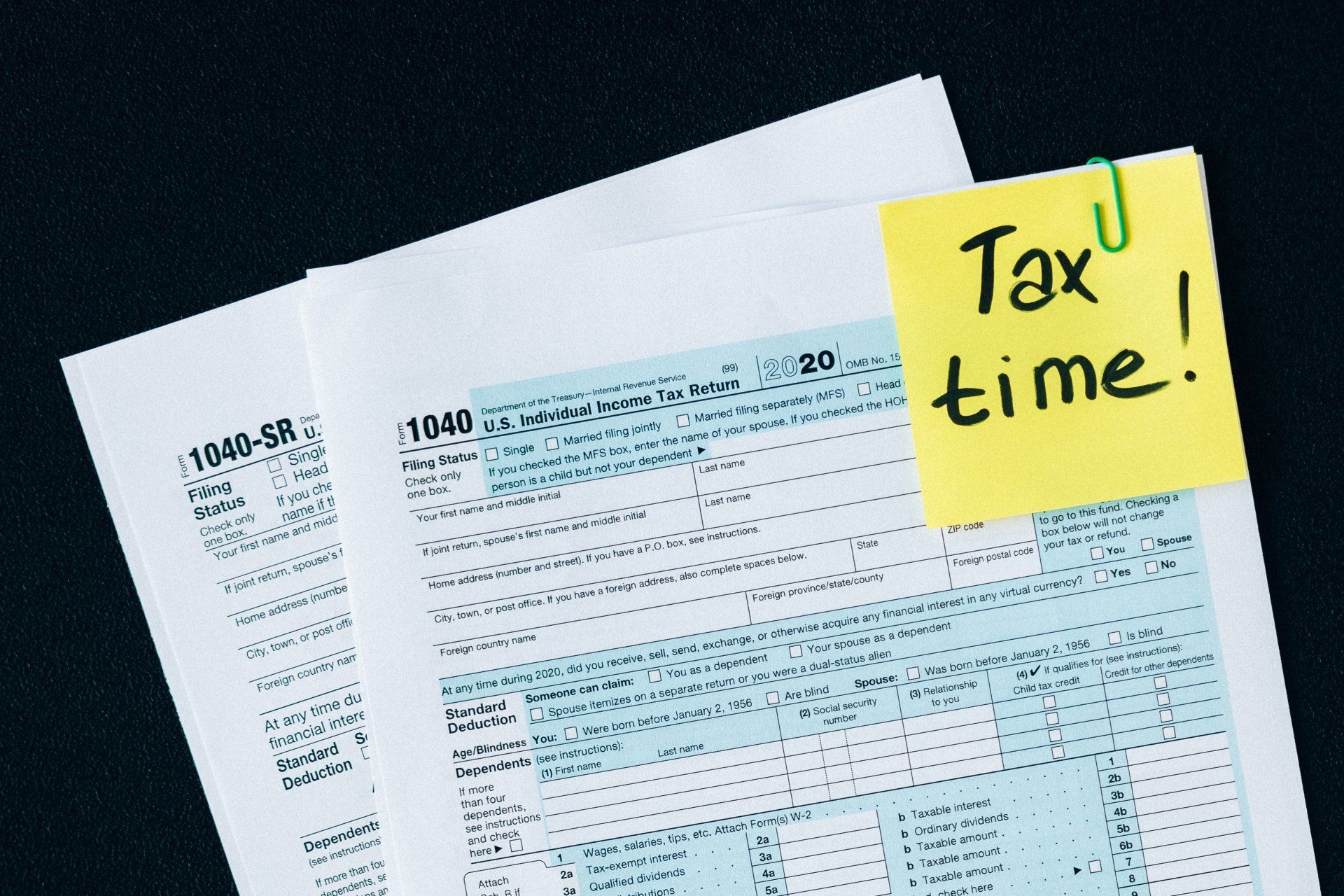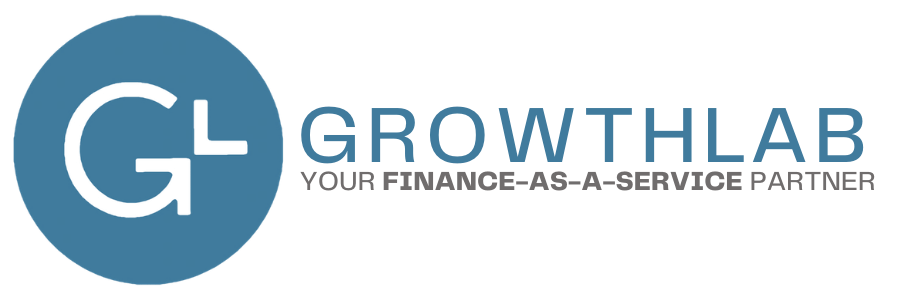What is the 1065 Form?
The 1065 Form is specifically designed for business partnerships who need to file their annual federal tax returns. It allows these businesses to report their income, losses, gains, deductions, credits, and more. If you’re a partnership and unfamiliar with 1065 Form, keep reading!
Who is Form 1065 For?
Form 1065 is for business partnerships, or legal entities that are formed by two or more individuals who decide to run a business as co-owners. Your partnership agreement may mean your entity is a limited liability partnership, general partnership, limited partnership, or LLC. It’s what’s known as a pass-through entity where profits and losses go directly through each partner.
Each partner in your partnership will state their profits and losses on their personal tax returns. Even though your partnership must file a 1065 Form on a yearly basis, you don’t have to pay taxes on it. Instead, you’ll make your tax payments when you file your personal income tax return.
How to File Form 1065
If you’re involved in a business partnership, you’re required to submit your Form 1065 on March 15th every year. Fortunately, you can file an extension and get six extra months to do, so if you’d like. Before you file Form 1065, be sure to gather your balance sheet, profit and loss statement, and other year-end financial statements.
You should also have your partnership start date, Employer Identification Number (EIN), and business code (NAICS code) on hand. Receipts and returns as well as other details that will help you calculate your cost of goods sold will be useful as well. Here are the schedules you’ll find on Form 1065.
- Schedule L: Schedule L will ask you to outline your balance sheets from the start to the end of the year. At its core, a balance sheet includes your assets, liabilities, and equities. It’s a snapshot of your financial health at specific moments in time.
- Schedule M-1: In Schedule M-1, you’ll state any income, expenses, or depreciation that were not deducted on your return. This way the IRS can reconcile the difference between your taxable profits vs. what you actually reveal as net income on your books.
- Schedule M-2: Schedule M-2 will allow you and your partner(s) to disclose changes in cash, stock, property, or other earnings you have not previously accounted for.
- Schedule K-1: Schedule K-1 is where you and your partner(s) report your share of income, deductions, and credits on your personal tax returns.
At the end of the day, the most important piece of the 1065 is the K-1, as that is going to be the document that each partner uses to reflect on their personal taxes. Keep in mind that each individual may actually be personally liable for the taxes due from the businesses depending on how the partnership legal documents were written.
Need Assistance with Your Form 1065? Contact GrowthLab Today
At GrowthLab, we help small businesses like yours succeed. You can trust us to fill out your Form 1065 with accuracy and advise on how you can take advantage of your unique business nuances to meet your business goals. Contact us at 888.673.8481 for more information!






